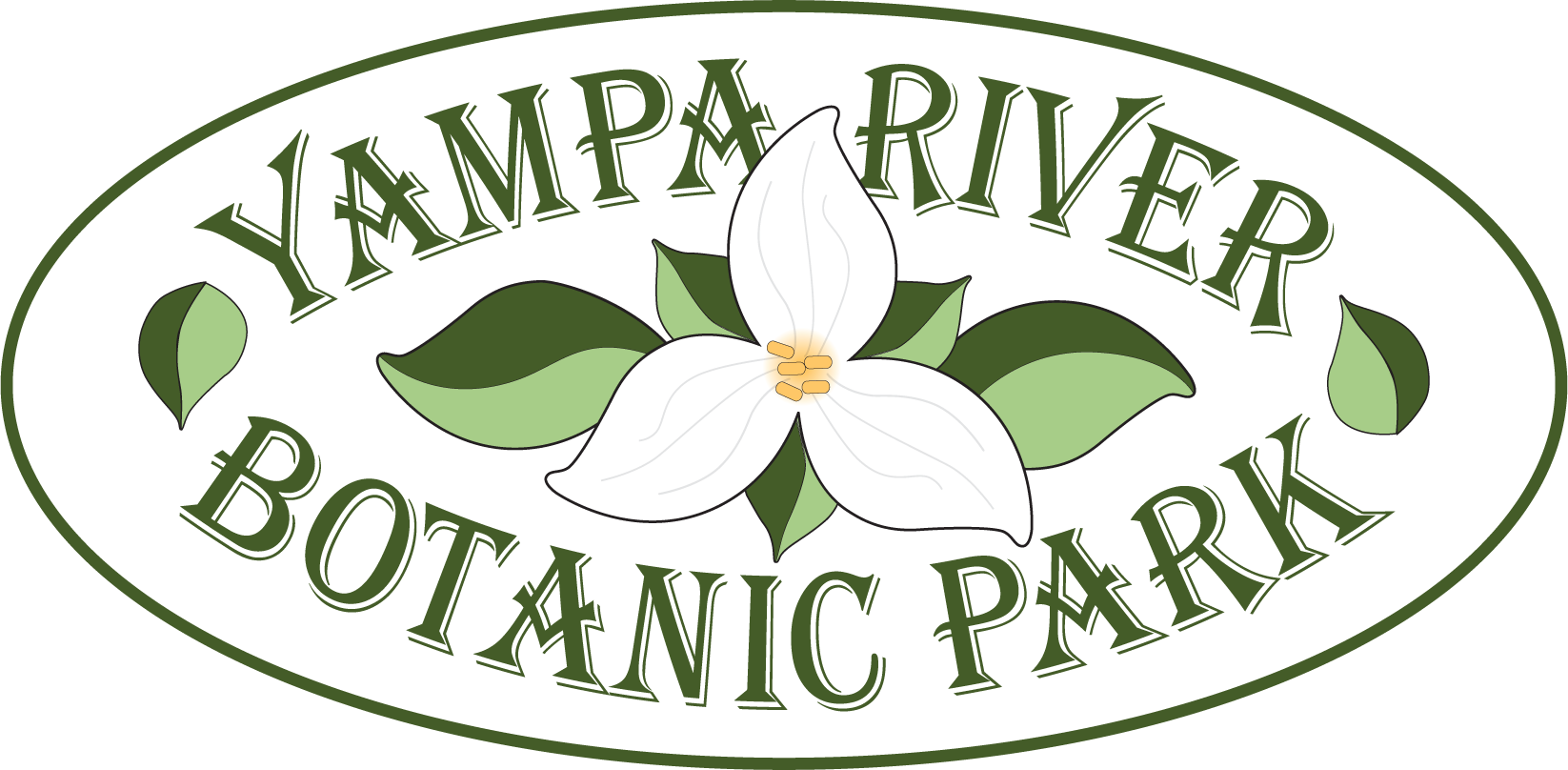TREES
The Botanic Park is home to almost 200 evergreen coniferous trees (cone-bearing) of 16 different species and 300 deciduous trees (lose their leaves in winter) of 20 different species.
The Park is in an environment that is challenging for trees because:
- Temperatures occasionally get down to minus 40° F.
- Heavy snows bury young trees and bend older ones.
- Steamboat gets 27 inches of precipitation in an average year but much of this is lost to evaporation because of low humidity at high altitude.
- There is less protective atmosphere than at sea level and therefore much more ultra-violet light.
Native trees that have adapted to this harsh environment are the predominant trees in the Park.
The largest populations among the Park’s evergreens are:
Engleman Spruce
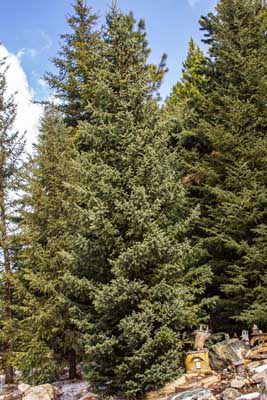
Native to higher elevations in the Rocky Mountains and Cascade Mountains, this tree can grow to 100’ tall. It is well adapted to harsh winds, extreme cold, and deep snow.
Colorado Blue Spruce
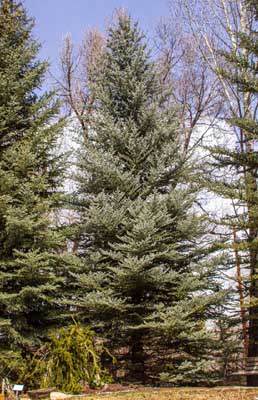
This iconic Colorado tree is native to the central Rocky Mountains from southern Montana and eastern Idaho south to New Mexico. Pungens means sharp-pointed in reference to the needles.
Lodgepole Pine

A thin and narrow-crowned tree that grows up to 160’ tall with a trunk measuring up to 6.5’ in diameter. The needles are yellow-green to dark green in color, growing in bundles of two per fascicle, spreading or ascending on the stem.
Ponderosa Pine
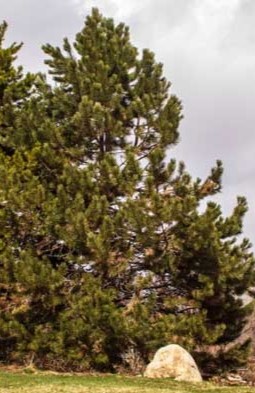
The dominant pine tree of the western U.S., the Ponderosa Pine is native to mountain areas from British Columbia to Mexico east to North Dakota, Nebraska and Texas. Dark yellow-green needles (5-10” long) in bundles of three are concentrated in tufts at the branch ends. Oval cones (4-6” long) grow upright but turn upside down at maturity to release seed.
Douglas Fir

This variety is hardier than the species found throughout the Pacific Northwest, hardy to zone 4. It has a narrow pyramidal shape with branching to the ground when young. Genus name comes from the Greek words pseudo meaning false and Tsuga meaning hemlock.
Subalpine Fir
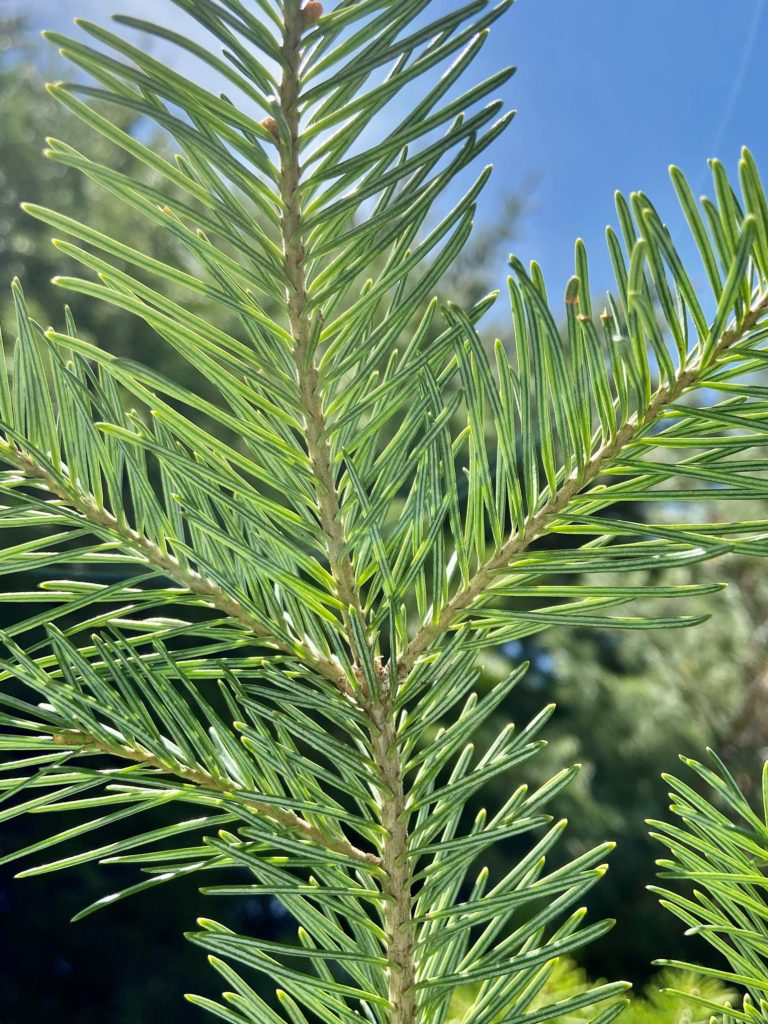
This fir is native to western North America and is commonly found at and immediately below the tree line. It is a medium sized tree with a very narrow conic crown and glaucous green needles.
Deciduous trees and shrubs found in the Park include:
Quaking Aspen
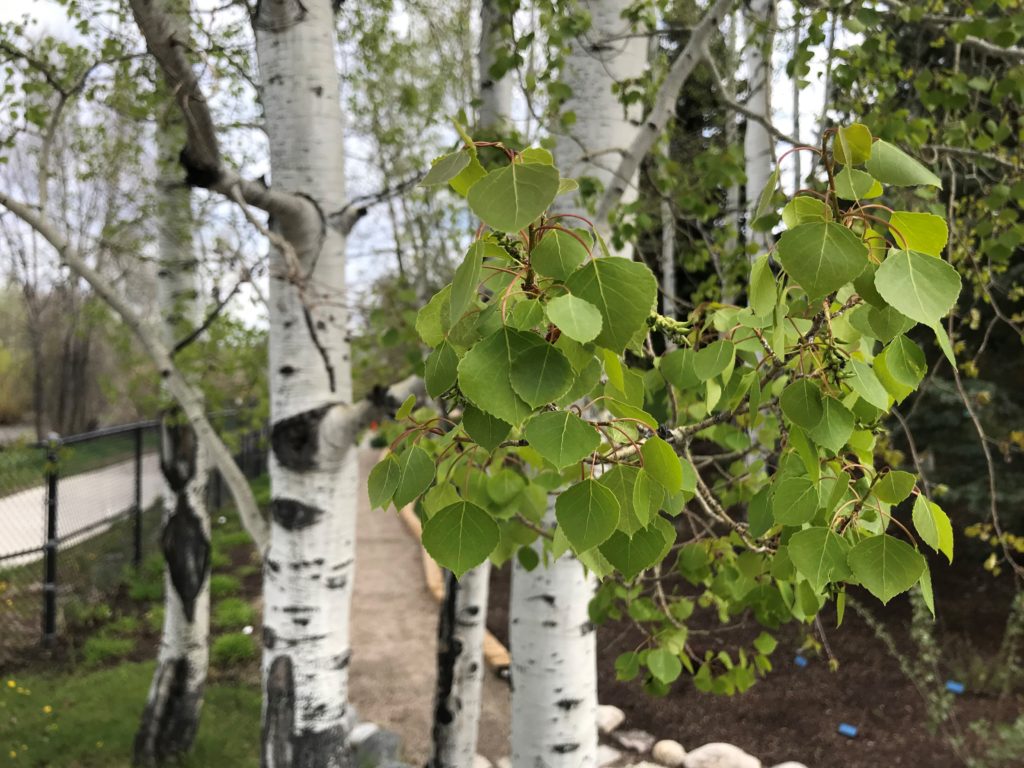
The Quaking Aspen has the widest geographical distribution of any North American tree. It is known for its beautiful white bark, its deep green foliage that quakes in the slightest breeze, and its golden yellow fall foliage color.
Narrowleaf Cottonwood

Native to western North America, this is a medium sized tree found naturally by streams and creeks. Angustifolia, meaning narrow leaved, the leaves resemble willow leaves. The buds are sticky and gummy and were enjoyed as a sort of chewing gum by local Native American peoples.
Water Birch
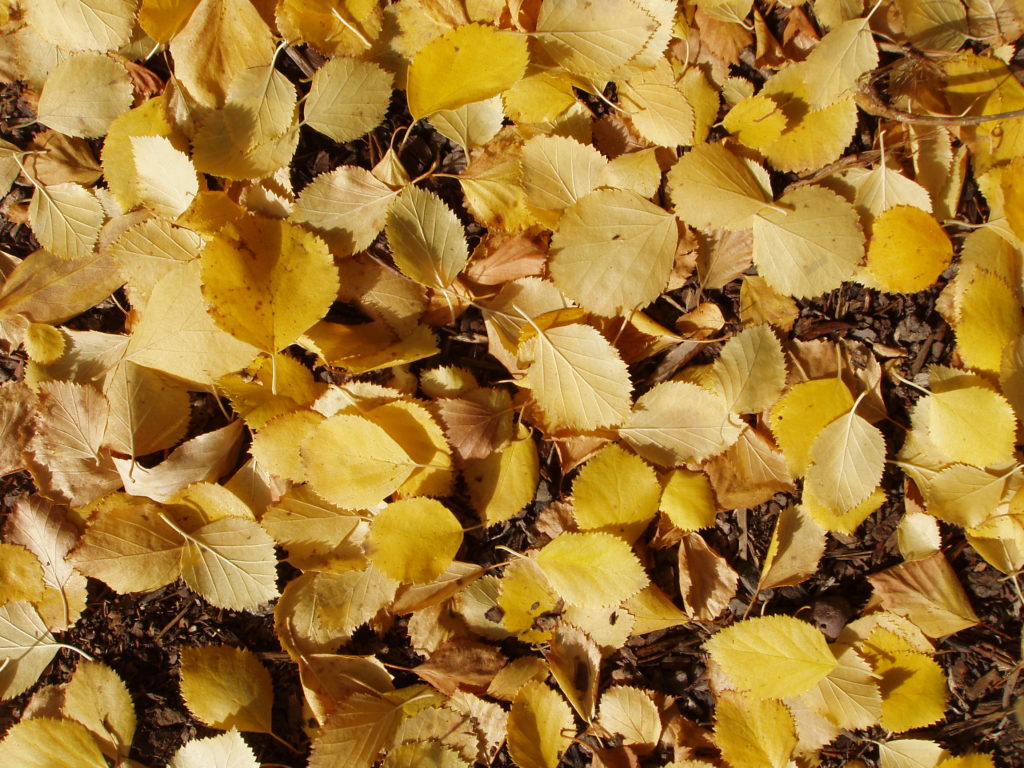
Another western North American native, this is commonly found growing in clumps or thickets along rivers, streams, springs or other water courses. Male and female flowers bloom in separate catkins on same plant in spring.
Thinleaf Alder
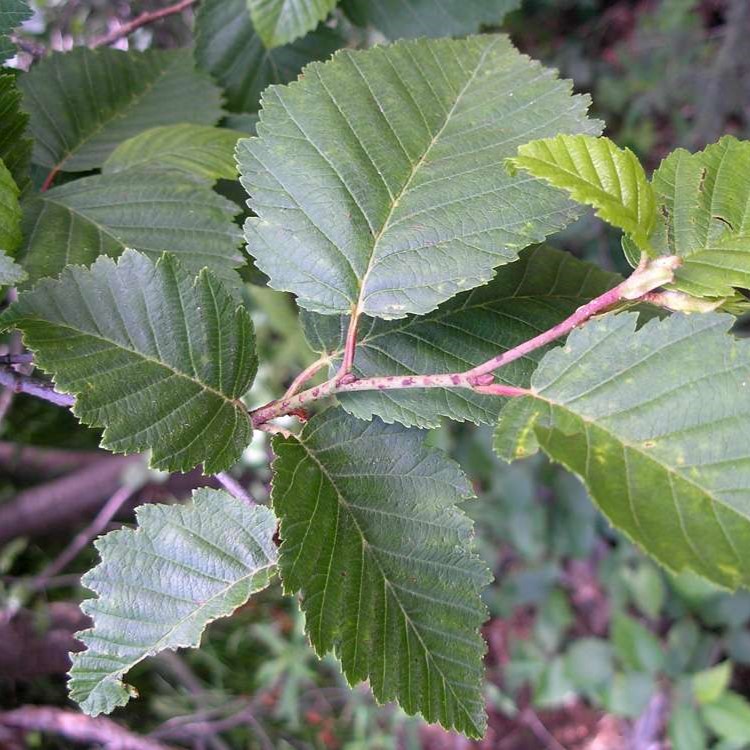
small to medium sized multi-stemmed tree with a wide range across the cooler parts of the Northern Hemisphere. It is sometimes used for afforestation on non-fertile soils which it enriches by means of nitrogen fixing bacteria in its root nodules.
Chokecherry
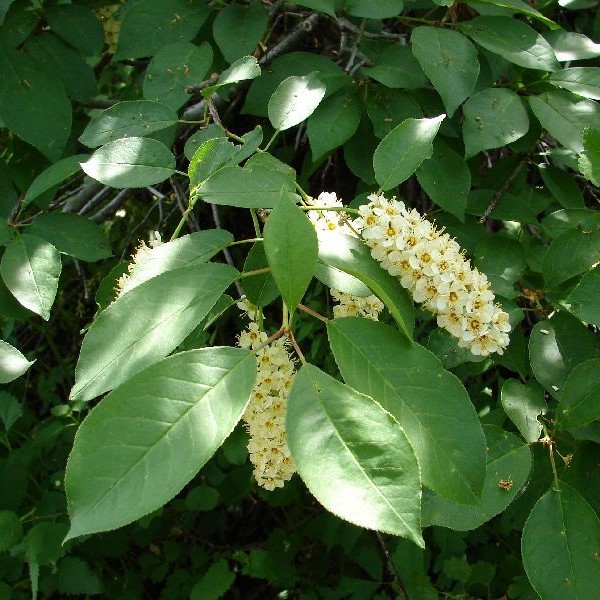
A small tree or large bush, it is native throughout parts of North America. Fruits are technically edible but are astringent (hence the common name). However, they can be harvested for processing into jams, jellies, pies and sauces.
Crabapple
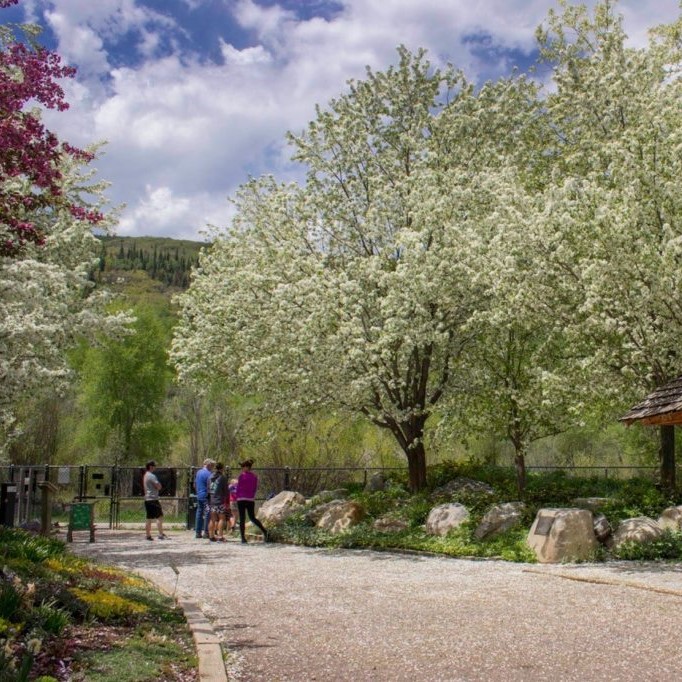
The Botanic Park is home to multiple cultivars of crabapples. They are small trees in a genus of about 35 species from Europe, Asia and North America. Flowers put on a prolific show in the spring followed by masses of small, purplish-red crabapples which mature in the fall.
